10 Essential Tips for a Safe and Fun Dog Swimming Experience
I love taking my dog swimming! It’s the perfect way for us to bond, have a blast, and beat the heat. Want to make sure your furry friend has a safe and happy time in the water?
I’ve got the essential tips you need – from water safety to picking the right spot for your pup’s swimming style. Let’s dive in!
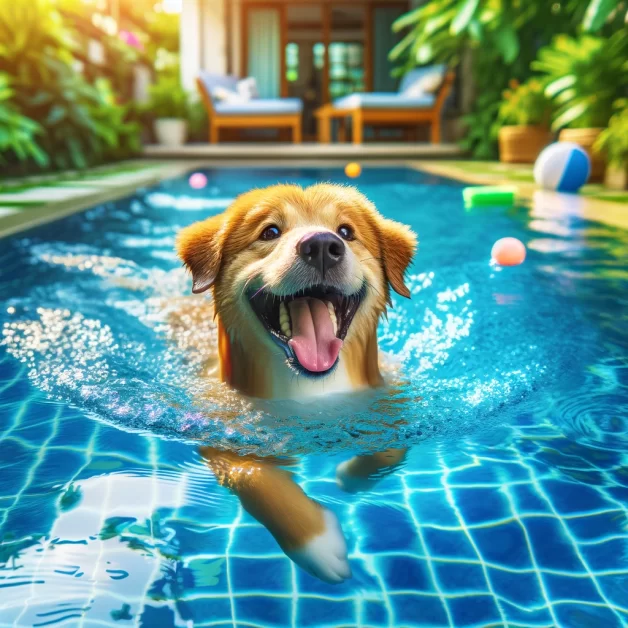
Tips for teaching your dog to swim:
- Start in shallow water and let them explore at their own pace.
- Offer praise and encouragement as they go.
- If they seem hesitant, try using a life jacket or swim vest.
- You can also throw a toy into the water for them to fetch.
- Be patient, and don’t force them to do anything they’re not comfortable with.
Once your dog has learned to swim, you can take them to a variety of places to enjoy the water, such as lakes, rivers, pools, and the ocean. Just be sure to supervise them at all times and take breaks often.
Benefits of dog swimming:
- It’s a great way for dogs to get exercise without putting too much stress on their joints.
- It can help dogs lose weight or maintain a healthy weight.
- It can improve cardiovascular health and muscle strength.
- It can help reduce stress and anxiety.
- It can provide a fun and stimulating activity for dogs of all ages and abilities.
Few things you should keep in mind:
- Make sure your dog is healthy and up-to-date on their vaccinations.
- Apply sunscreen to any exposed areas of skin, such as their nose and ears.
- Rinse your dog off with fresh water after swimming to remove any salt, sand, or chlorine.
- Dry your dog off thoroughly to prevent them from getting cold.
With a little planning, you and your dog can enjoy a safe and fun day at the water.
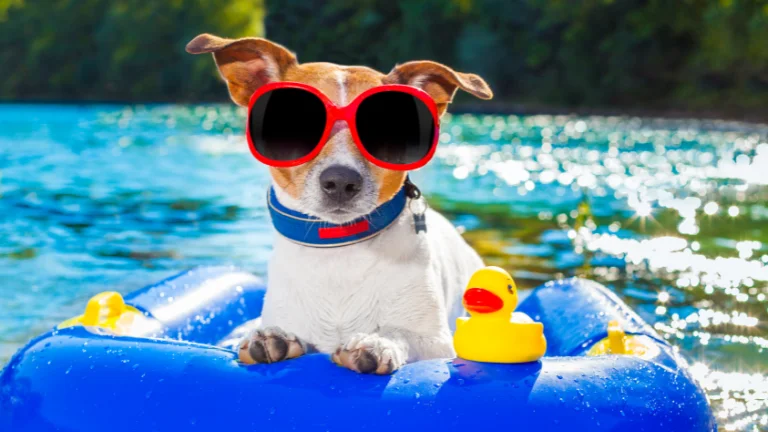
10 Tips for Dog swimming benefits
Taking your dog for a swim can be a great way to beat the heat and enjoy quality time together. However, it’s important to ensure their safety and make it a fun experience. Here are ten tips to keep in mind:
- Always supervise: Never leave your dog unattended near water, even if they are experienced swimmers. Accidents can happen, and quick action may be necessary to prevent harm.
- Start with shallow water: Introduce your dog to swimming gradually, starting in shallow water where they can comfortably touch the ground. This helps build confidence and allows them to get used to the sensation.
- Use a flotation device: For dogs who are not strong swimmers or are new to swimming, consider using a doggy life jacket. It provides buoyancy and ensures their safety in deeper water.
- Teach them to exit the water: Train your dog to find and use an exit point when swimming, such as a designated ramp or stairs. This skill is crucial for their safety and prevents them from getting trapped.
- Avoid strong currents and tides: Be aware of the water conditions before swimming. Avoid areas with strong currents, which can risk your dog’s safety. Opt for calm, controlled environments instead.
- Watch out for signs of fatigue: Keep an eye on your dog’s energy levels while swimming. If they start showing signs of fatigue, such as heavy panting or struggling to stay afloat, it’s time to take a break and let them rest.
- Rinse off after swimming: After a swim, rinse your dog with fresh water to remove any chlorine, salt, or bacteria that may be present in the water. This helps prevent skin irritation and keeps their coat healthy.
- Provide fresh water: Always drink fresh water for your dog during breaks. Drinking seawater or pool water can harm their health, so offering clean hydration is essential.
- Check the water temperature: Cold water can harm dogs, leading to hypothermia or muscle stiffness. Ensure the water is comfortable for your dog, especially if swimming in cooler climates.
- Know your dog’s limitations: Not all dogs are natural swimmers, and some may not enjoy the water. Respect your dog’s comfort level; don’t force them into swimming if they’re uninterested. Find other water activities they may enjoy instead.
Understanding Water Safety for Dogs
1. Knowing Your Dog’s Limitations
Just like humans, dogs have varying swimming abilities. Some breeds excel in water, while others may struggle. Consider your dog’s size, body structure, and previous experiences in the water. Understanding their limitations will help you create a safe swimming environment.
2. Supervision and Life Jackets
👀 When your dog is swimming, always supervise them closely. Accidents can happen, and it’s crucial to assist if needed. Additionally, consider using a properly fitted dog life jacket for added safety, especially if your dog is a beginner or not a strong swimmer.
3. Recognizing Signs of Fatigue
Dogs can tire quickly while swimming, especially if they’re not accustomed to it. Watch out for signs of fatigue, such as excessive panting, struggling to stay afloat, or a drop in energy levels. If you notice these signs, it’s time to take a break and let your dog rest.
Swimming safety:
- – Choose a safe and clean place to swim, such as a pool, a lake, or a beach. Avoid areas with strong currents, waves, or underwater hazards.
- – Always supervise your dog and never leave them unattended in the water.
- – Use a life jacket or a flotation device for your dog if they are not confident swimmers or have health issues.
- – Flush your dog off after swimming to remove chlorine, salt, or dirt from their fur and skin.
- – Dry your dog thoroughly and check their ears for any signs of infection.
How to choose the right gear, such as a dog life jacket.
When choosing the right dog life jacket:
- Size and Fit: This is the most crucial factor. A life jacket that’s too loose won’t keep your dog afloat properly, and one that’s too tight will be uncomfortable and restrict movement. Measure your dog’s chest girth and weight to find the perfect size according to the manufacturer’s chart.
- Buoyancy: The life jacket needs to provide enough buoyancy to keep your dog afloat comfortably. Look for jackets with enough flotation material, especially around the chest and neck, to support your dog’s weight in the water.
- Visibility: Choose a brightly colored life jacket or one with reflective trim. This will make it easier to spot your dog in the water, especially in low-light conditions.
- Handles and Straps: Sturdy handles on the back make it easier to lift your dog out of the water if needed. Adjustable straps ensure a secure and comfortable fit.
- Material and Durability: Opt for a life jacket made from high-quality, water-resistant materials like nylon or neoprene that can withstand wear and tear. Look for features like reinforced stitching and rust-resistant hardware for long-lasting use.
- Activity Level: Consider your dog’s planned water activities. Some jackets may have features like belly straps or leg loops for extra security during paddling or strong currents.
As an Amazon Associate, we earn from qualifying purchases. This post may contain affiliate links, which means we may receive a small commission at no additional cost to you.
Choosing the Right Swimming Location
1. Dog-Friendly Facilities
🏊♂️ Seek out dog-friendly swimming locations that provide a safe and controlled environment. Look for facilities with designated areas for dogs, secure fencing, and professional staff who can assist in emergencies.
2. Indoor vs. Outdoor
☀️🌧️ Indoor swimming facilities offer year-round access, protected from the elements. On the other hand, outdoor swimming provides a natural setting and fresh air. Consider your dog’s preferences, climate, and availability when choosing between indoor and outdoor swimming options.

Breeds that Excel in Swimming
3. Retrievers: Masters of the Water
🎾 Labrador Retrievers, Golden Retrievers, and Chesapeake Bay Retrievers are known for their love of water and swimming abilities. These breeds possess webbed feet and a waterproof coat, making them excellent swimmers.
4. Water Spaniels: Born Swimmers
🌊 Irish Water Spaniels, Portuguese Water Dogs, and American Water Spaniels are natural swimmers with a long history of water work. They have a dense, water-resistant coat and an instinctive talent for swimming.
5. Other Breeds with Natural Swimming Abilities
🐕🦺 While some breeds are more inclined to swim, others can enjoy the water with the right guidance and training. Breeds such as Newfoundlands, Setters, and even mixed breeds can excel in swimming given the opportunity and proper introduction.
[wps_youtube url=”https://youtu.be/1PUFiW-SdNY” responsive=”yes” autoplay=”yes”]
Which dogs can’t swim?
While most dogs can swim to some extent, a few breeds may face challenges or have difficulty swimming due to their physical characteristics. These breeds include:
- Bulldogs: Bulldogs have a stocky build with a heavy upper body and short legs, making swimming challenging. Their body structure tends to cause them to sink in water.
- Basset Hounds: Basset Hounds have short legs and long bodies, making it difficult for them to stay afloat and maintain buoyancy in the water.
- Dachshunds: Dachshunds have long bodies and short legs, making it more challenging. Their body shape can cause them to tire easily and struggle to keep their heads above water.
- Pugs: Pugs have a brachycephalic (short-nosed) face, making breathing difficult during physical activity, including swimming. They may have difficulty keeping their head above water and may tire quickly.
- French Bulldogs: Like Bulldogs, French Bulldogs have a stocky build and short legs, making swimming more difficult for them. Their body shape can cause them to struggle with buoyancy.
Final Words:
When finding a workout for your dog that is fun and beneficial, look no further than swimming! Swimming is a fantastic way to keep your pup fit, as it is low-impact and can be adjusted to any fitness level.
[wps_alert type=”primary”]Swimming is a great way to socialize with your dog and help them make new friends. This is the best option if you want an entertaining way to exercise and bond with your dog![/wps_alert]
Related Article:
- How to Heat a Swimming Pool: Learn the best techniques to keep your pool warm and enjoyable for the entire family.
For more reading about outdoor living and relaxation guide or for more knowing about Pools Guide.
Clarifying Common Doubts:
Can all dogs swim? While many dogs can swim naturally, not all breeds are built for swimming. Some may require more guidance and support.
What if my dog doesn’t enjoy swimming? Not all dogs enjoy swimming, and that’s perfectly fine. Respect your dog’s preferences and find other ways to keep them active and engaged.
Are there any risks associated with dog swimming? There are risks, such as exhaustion, water intoxication, or accidents. Following safety measures and being attentive to your dog’s needs can minimize these risks.
Can puppies swim? Puppies can swim but need extra care and supervision. Gradually introduce them to the water and ensure they have a positive experience.
How often should I take my dog for swimming? The frequency sessions depends on your dog’s health, preferences, and overall exercise routine. Consult with your veterinarian for personalized advice.
What if it doesn’t know how to swim? If your dog doesn’t know how to swim, don’t worry! There are many ways to teach it how to swim. One way is to take your dog to a local pool with a “doggie day.” Another way is to hire a private swimming instructor for your dog.
Is swimming good exercise for dogs? Yes, it is an excellent form of exercise for dogs! It’s low-impact, gentle on the joints, and a great cardio workout. It is also a great way to cool off on hot days.
Is swimming good for dogs with arthritis? Yes, it is an excellent form of exercise for dogs with arthritis. It’s low-impact, gentle on the joints, and a great cardio workout. It is also a great way to cool off on hot days.
Is swimming good for dogs with hip dysplasia? Yes, it is an excellent form of exercise for those with hip dysplasia. It’s low-impact, gentle on the joints, and a great cardio workout.
How can I tell if my dog is a good swimmer? If your dog wants to jump in, he’s likely a natural swimmer. Most dogs that love the water are great swimmers, but some may need training or encouragement.
When should I take my dog to the vet before swimming? Before any water activity, whether a dip in your backyard pool or a day at the beach, it’s essential to check with your vet first. Some dogs have had bad experiences with swimming or may be fearful of water.
How long can dogs swim? It depends on the breed of dog. Short-nosed like pugs, bulldogs, and boxers are not good swimmers because they can’t hold their breath for long periods. Others, such as Labrador retrievers, can swim for hours.
What breed of dog can’t swim? Dogs with short legs, like pugs and bulldogs, are not built to swim. Their short legs make it difficult to get a good foothold in the water, and they don’t have enough body fat to float.
How long can dogs hold their breath? Most can hold their breath for about two minutes, but larger dogs, like Labradors, can stay underwater much longer.







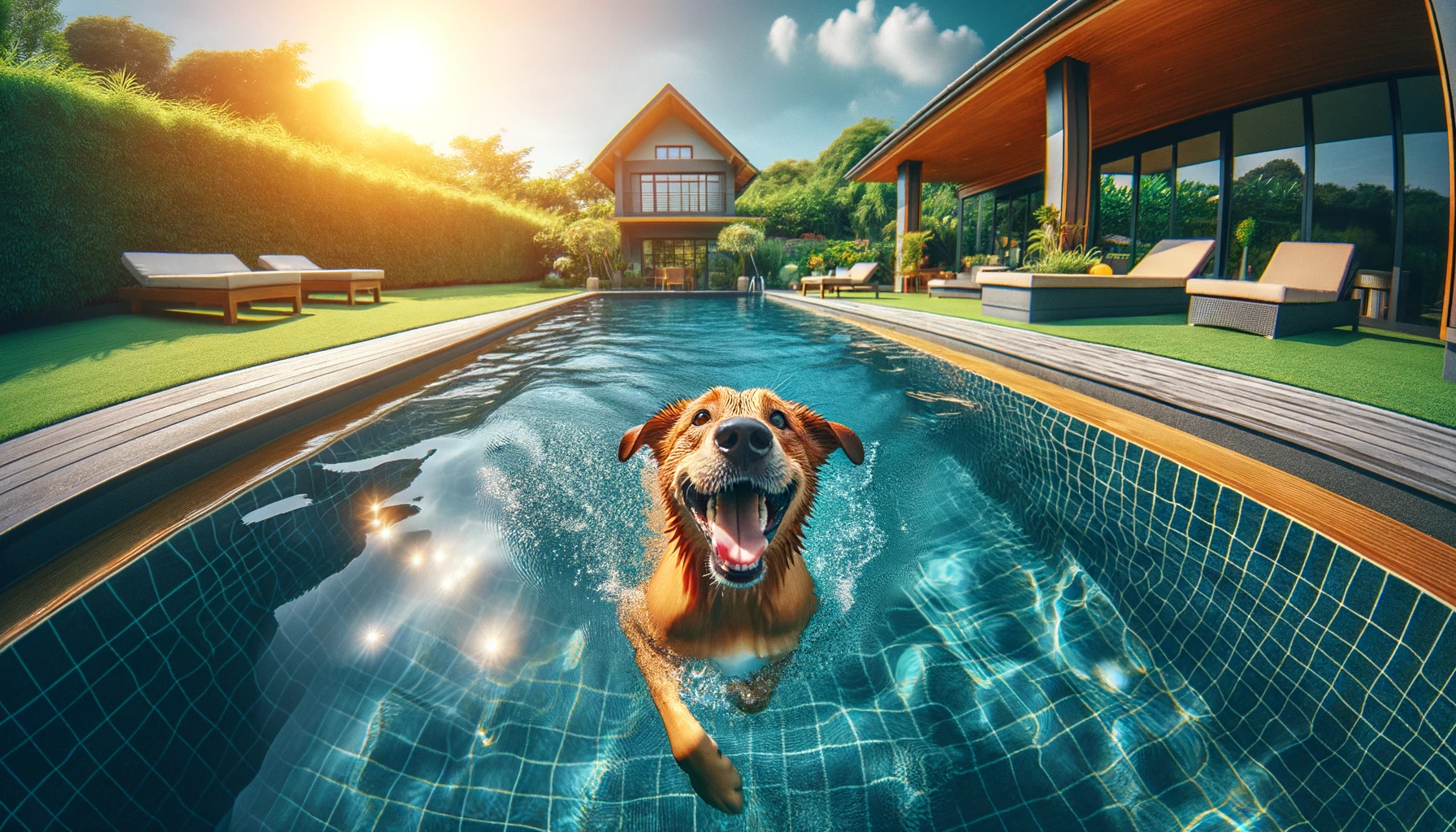

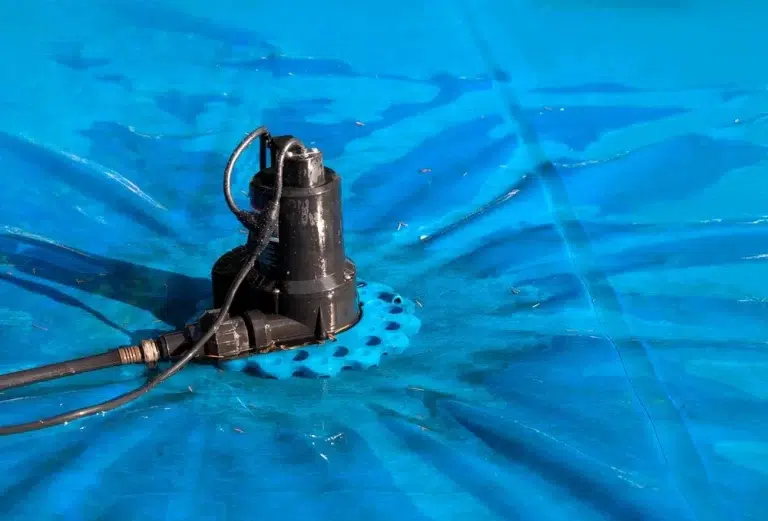


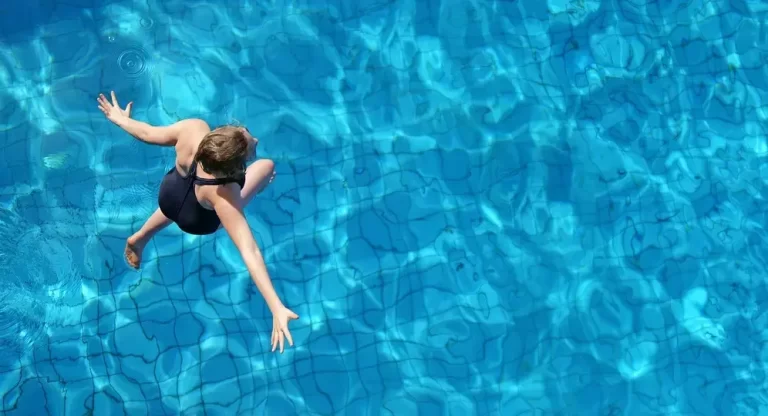
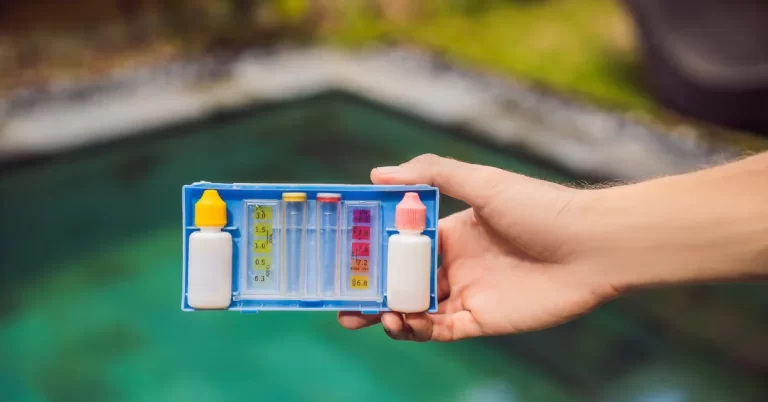

One Comment